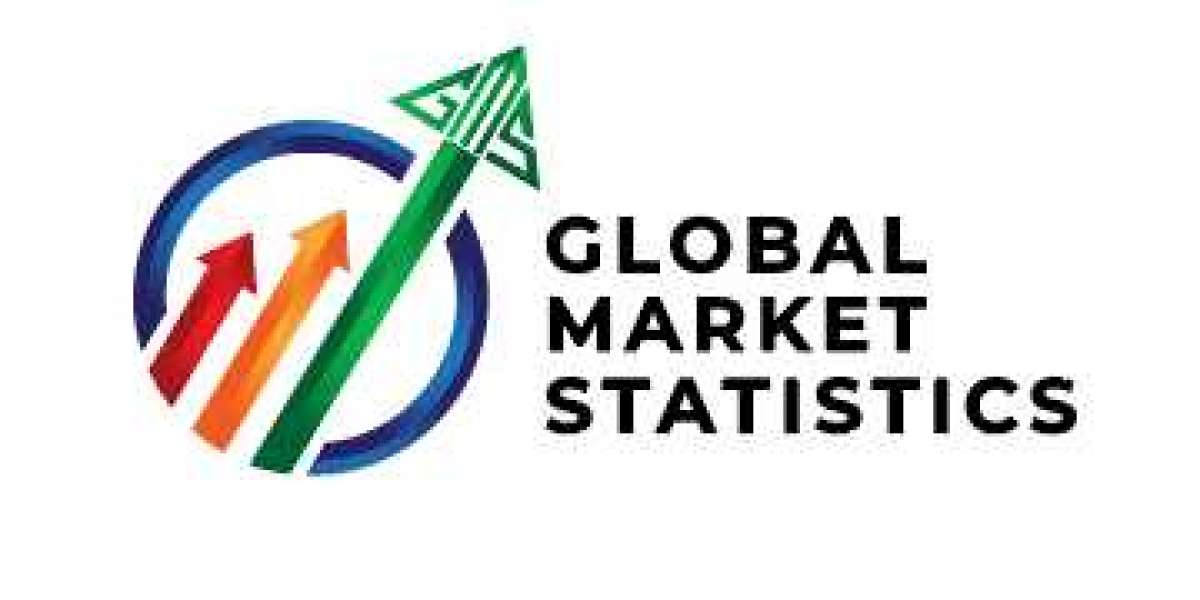The Role of Pharmacy Inventory Management Software in Streamlining Operations
Pharmacies play a pivotal role in healthcare, offering not only medications but also essential services to support patient well-being. However, managing the vast inventory of drugs, supplies, and equipment in a pharmacy can be a challenging task. With the constant flow of stock coming in and going out, maintaining accuracy, minimizing errors, and ensuring timely restocking are critical to ensuring a pharmacy operates efficiently. This is where Pharmacy Inventory Management Software Solutions come into play. In recent years, the role of such software in streamlining pharmacy operations has grown substantially, and it continues to be a game-changer for the industry.
What is Pharmacy Inventory Management Software?
Pharmacy Inventory Management Software (PIMS) is a digital tool designed to automate, track, and manage the inventory of medications, medical supplies, and over-the-counter products. The software allows pharmacies to keep accurate records of stock levels, expiration dates, ordering schedules, and real-time updates on product availability. Whether it’s a small independent pharmacy or a large chain, these systems are crucial in maintaining operational efficiency and ensuring that pharmacies are well-stocked with the necessary medications for patients.
Key Features and Benefits of Pharmacy Inventory Management Software
- Real-Time Inventory Tracking
One of the most significant advantages of pharmacy inventory management software is its ability to track inventory in real-time. Traditional inventory management often involved manual stocktaking, which is time-consuming, prone to human error, and often led to discrepancies. With automated tracking, PIMS continuously updates inventory counts as products are dispensed, received, or moved within the facility. This feature helps prevent stockouts, overstocking, or expired medications from being dispensed, thus ensuring that pharmacists have accurate and up-to-date information to make informed decisions.
For instance, the software can alert pharmacy staff when stock levels are low, allowing them to reorder supplies before running out. This proactive approach to inventory management prevents disruptions in pharmacy operations and ensures that patients receive timely access to medications.
- Error Reduction
Medication errors are a significant concern in healthcare, and pharmacies are no exception. Dispensing the wrong medication or incorrect quantities can lead to serious health complications for patients. Pharmacy Inventory Management Software helps reduce these errors by providing detailed tracking and automated notifications. For example, the software can flag any discrepancies between inventory counts, warn pharmacists about potential expired medications, and even suggest automatic reordering based on historical demand patterns. This comprehensive oversight helps eliminate human errors that could otherwise occur with manual inventory management.
- Improved Workflow Efficiency
In a busy pharmacy, every second counts, and streamlining workflows is crucial to providing excellent service. With pharmacy inventory software, the entire inventory process—from receiving stock to restocking shelves to final dispensation—is automated and simplified. Pharmacists can focus on patient care rather than spending hours managing inventory.
For example, when medications arrive, the software can quickly scan and log products into the system, updating stock levels automatically. Additionally, if inventory is low on critical medications, the software can suggest reordering from preferred suppliers, saving pharmacists time in selecting the best vendors. Moreover, some systems integrate seamlessly with other pharmacy management tools, such as point-of-sale systems or patient record management systems, ensuring smooth, uninterrupted operations across all departments.
- Expiry Management
Medications have expiration dates, and pharmacies must ensure that they do not dispense expired products. In traditional systems, keeping track of these dates manually can be a daunting task, particularly in pharmacies with large inventories. Pharmacy inventory software, however, makes expiry management easier by automatically tracking expiration dates and alerting staff when a product is nearing its expiration. This feature prevents costly mistakes and ensures that patients receive only safe, effective medications.
- Cost Control and Financial Benefits
Effective inventory management also helps pharmacies optimize costs and improve profitability. With pharmacy inventory software, pharmacies can monitor stock turnover, reduce overstocking or understocking, and manage purchasing more efficiently. The software can analyze historical data to forecast demand and recommend purchasing decisions, which ultimately reduces wastage, lowers holding costs, and enhances cash flow management.
Furthermore, real-time visibility of inventory enables pharmacies to negotiate better deals with suppliers, as they can accurately determine the quantity of each product they require. This data-driven approach reduces the risk of over-ordering or ordering products that won’t sell, leading to substantial cost savings.
- Regulatory Compliance
Pharmacies are required to comply with various regulations, including those related to controlled substances and the storage of specific medications. Pharmacy inventory management software helps pharmacies stay compliant by providing detailed records of stock transactions, making audits easier, and helping pharmacists adhere to regulatory guidelines.
The software can also ensure that controlled substances are properly tracked, stored, and dispensed, and can generate detailed reports needed for audits or regulatory inspections. This ensures that pharmacies maintain transparency and avoid potential legal issues.
Future of Pharmacy Inventory Management Software
As technology continues to advance, the role of pharmacy inventory management software will evolve. The future holds promising innovations such as artificial intelligence (AI), machine learning, and predictive analytics that will enhance these systems even further. AI could help improve demand forecasting, optimize stock levels, and even recommend customized inventory practices for pharmacies based on historical data. Additionally, the integration of Internet of Things (IoT) technology with inventory systems will enable automatic restocking and real-time tracking of medications as they move through various stages of the supply chain.
Moreover, with the ongoing trend towards cloud-based solutions, pharmacies will have the ability to access their inventory data from anywhere at any time, which is especially important for multi-location pharmacies or those with remote operations. This accessibility improves flexibility and facilitates better decision-making, no matter where pharmacy teams are located.
Conclusion
Pharmacy inventory management software has become an indispensable tool in optimizing pharmacy operations. By providing real-time tracking, reducing errors, improving workflow efficiency, ensuring regulatory compliance, and managing costs effectively, these software solutions allow pharmacies to deliver better service and improve patient outcomes. As technology continues to evolve, pharmacies will only see further advancements that will enhance their ability to manage inventory efficiently, ensuring that patients have access to the medications they need without delay or error.
As we look ahead to 2025 and beyond, the adoption of pharmacy inventory management software will continue to be one of the most crucial steps pharmacies can take to improve their operations and remain competitive in an increasingly complex healthcare landscape.







